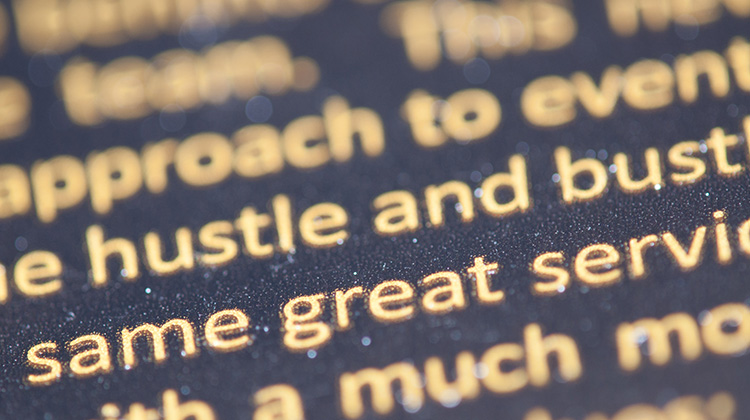Literacy the real barrier to STEM uptake

We are told that STEM education – which primarily revolves around Science Technology Engineering and Mathematics – is the key to future success for the next generation of students.
In fact, our country will need an additional 6.5 million digital workers in the next four years according to new data from Amazon.
But in Australia, like many other countries, the demand for STEM qualified graduates outstrips the number of qualified workers with only 6% of the Australian labour force holding a university-level qualification in a STEM-related subject.
Many solutions have been put forward like increasing access to university degrees and ensuring quotas are in place to encourage representation for female students. These are all worthwhile ambitions, but in my view, it’s almost futile without addressing a key foundational barrier to literacy comprehension.
Today, up to 30% of Australian students struggle with basic school literacy requirements and this has a significant impact on learning outcomes for our nation’s kids. In my experience, having worked in the education sector for over 30 years, I’ve learned that STEM subjects have their own unique and often complex lexis, and in order for students to excel, they need to understand how to interpret what they are reading if they are to progress.
I’ve seen students struggle when they can’t keep up with their classes but I’ve also seen students go from strength to strength once they grasp and decode complex subject-specific terminologies like Pythagoras, hypothesis and the periodic table. It’s no secret that in today’s curriculum STEM subject textbooks have some of the most complex language and sentence structures.
We can see from our NAPLAN and numeracy benchmarks that our students just aren’t coping.
But there are tools available to help break down these literacy barriers and I believe technology is the key to increasing uptake and levelling equity of access to STEM subjects across Australia.
Programs such as Read&Write and EquatiO help students interpret the complex language structure and terminology prevalent in their STEM-related subjects. For instance, students can highlight a formula and have its name and meaning read out to them in real-time. This also allows STEM teachers more time to focus on the content of the subjects they are teaching, and less time on assessing literacy comprehension and understanding.
Programs like EquatIO bring the benefits of technology to the maths class, digitising maths content so students can interact with it however they learn best. They help support a wide range of learning styles by providing multiple means of engagement, representation, and expression. Students can convert inaccessible expressions or equations into accessible maths that can be read aloud.
We need to harness technology to create active, not passive, learners and foster a deeper understanding of and engagement with maths concepts. By providing students with multiple approaches to demonstrate their understanding we can increase their confidence and build agency as a result, students become better problem solvers and are more creative and more engaged.
Learning should be a joyful experience, not just hours puzzling over a single equation. By leveraging technology to improve comprehension we can reduce barriers to STEM-related subjects and set up the next generation for success.